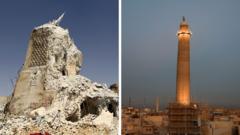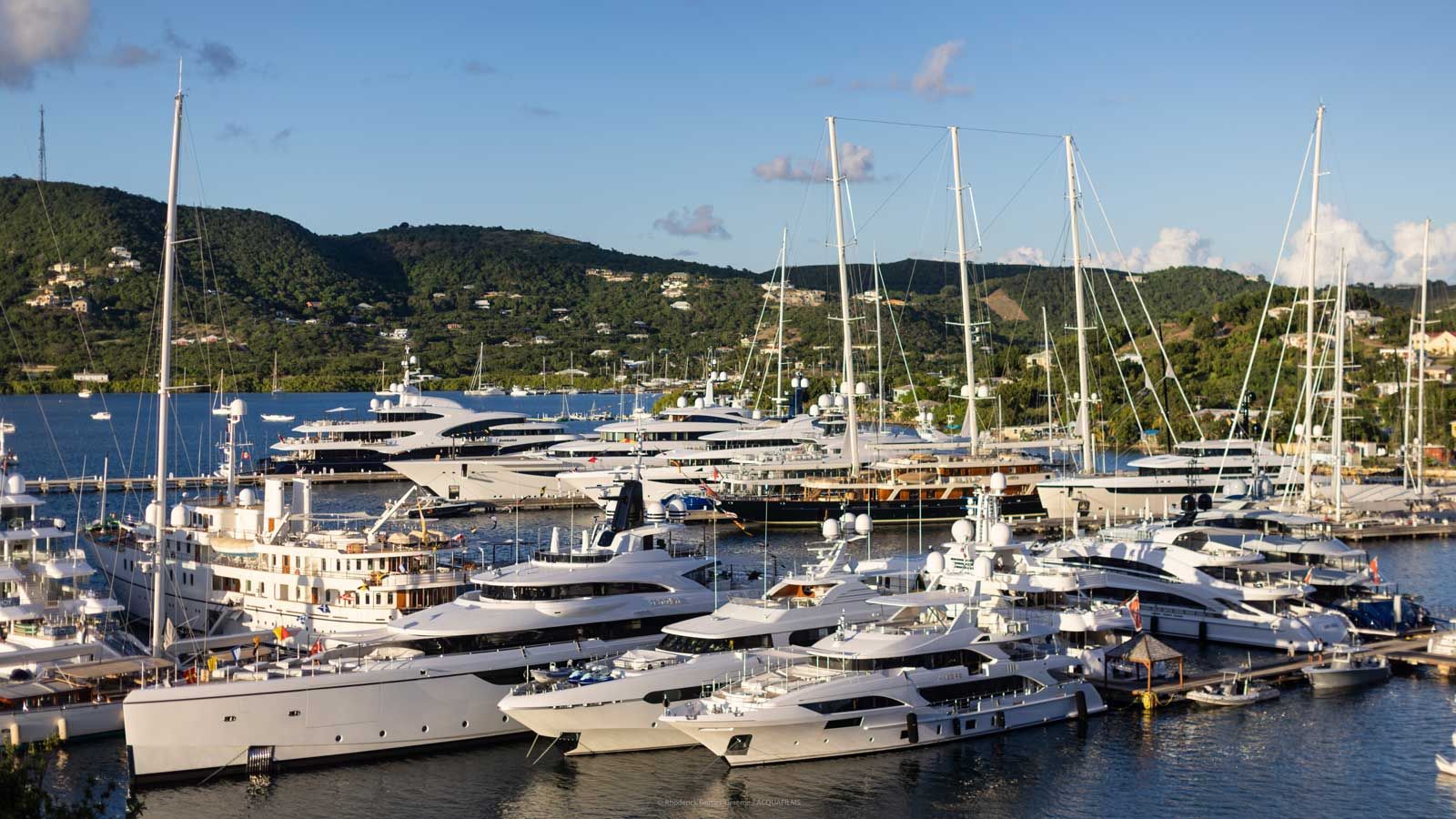In 2017, the liberation of Mosul, once the heart of religious coexistence, was marred by violence and devastation. Under the auspices of Unesco, a comprehensive restoration project commenced, funded by a $115 million budget primarily from the United Arab Emirates and the European Union. This monumental task aims not only to repair the physical structure of historic sites but also to mend the enduring community spirit among Mosul’s diverse population.
In an emotional ceremony, Unesco's director-general Audrey Azoulay kicked off celebrations alongside local artisans and residents representing various faiths. “Building trust is the first step to restoring our heritage,” reflected Father Olivier Poquillon, who is overseeing repairs at the prestigious al-Saa'a Convent. Meanwhile, chief architect Maria Rita Acetoso emphasized the project’s role in job creation and skills development, instilling hope for young generations affected by conflict.
Over eight years since the siege, noticeable progress has been made, including the restoration of key landmarks like the iconic crooked al-Hadba minaret and al-Nuri Mosque. As the bells of al-Tahera Church ring out once more, residents like Mustafa and Abdullah feel the bittersweet joy of returning to homes reconstructed from the ashes of war.
While Mosul still bears the scars of its past, the efforts to breathe life back into the Old City represent more than just physical renovation; it symbolizes a community reclaiming its identity. As photographer Ali al-Baroodi poignantly noted, witnessing this revival feels like “seeing a dead person coming back to life.” The collective effort continues to foster unity and hope, steering Mosul towards a brighter future.
In an emotional ceremony, Unesco's director-general Audrey Azoulay kicked off celebrations alongside local artisans and residents representing various faiths. “Building trust is the first step to restoring our heritage,” reflected Father Olivier Poquillon, who is overseeing repairs at the prestigious al-Saa'a Convent. Meanwhile, chief architect Maria Rita Acetoso emphasized the project’s role in job creation and skills development, instilling hope for young generations affected by conflict.
Over eight years since the siege, noticeable progress has been made, including the restoration of key landmarks like the iconic crooked al-Hadba minaret and al-Nuri Mosque. As the bells of al-Tahera Church ring out once more, residents like Mustafa and Abdullah feel the bittersweet joy of returning to homes reconstructed from the ashes of war.
While Mosul still bears the scars of its past, the efforts to breathe life back into the Old City represent more than just physical renovation; it symbolizes a community reclaiming its identity. As photographer Ali al-Baroodi poignantly noted, witnessing this revival feels like “seeing a dead person coming back to life.” The collective effort continues to foster unity and hope, steering Mosul towards a brighter future.




















